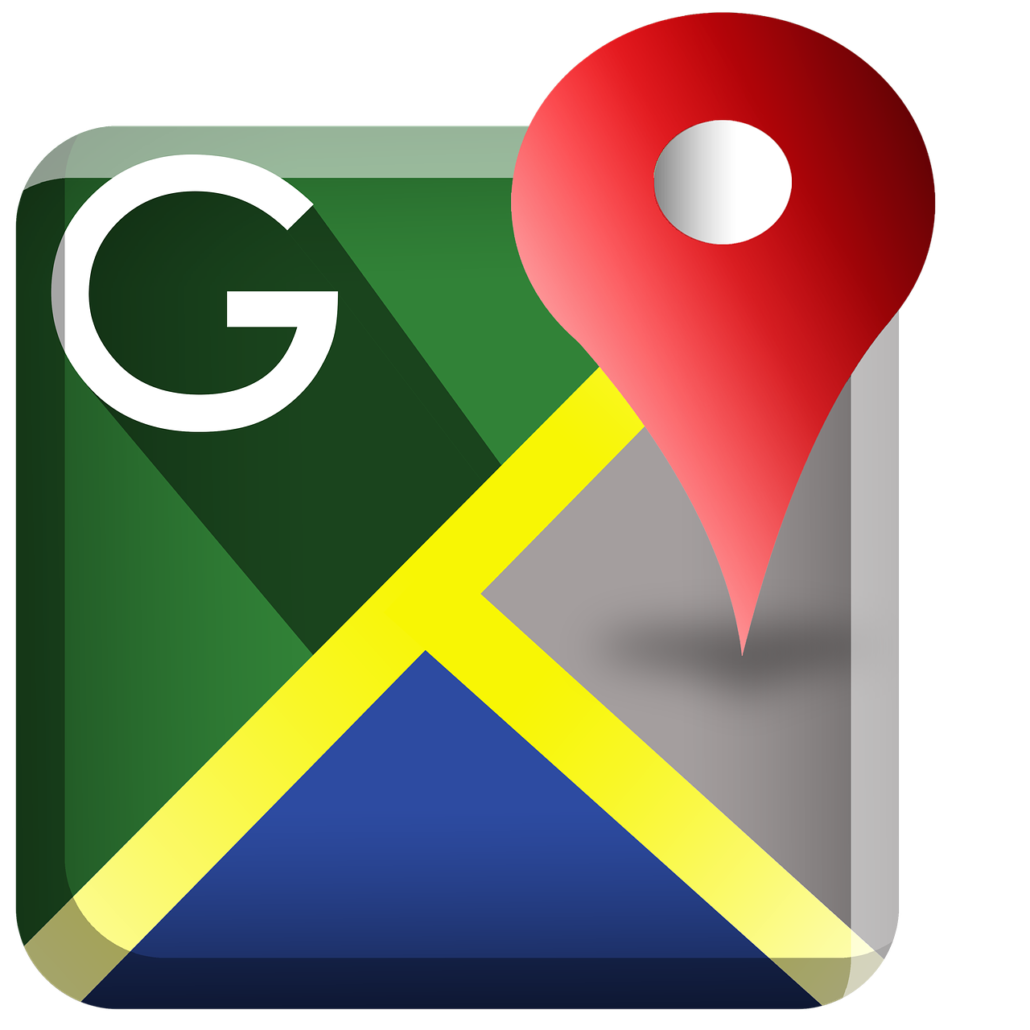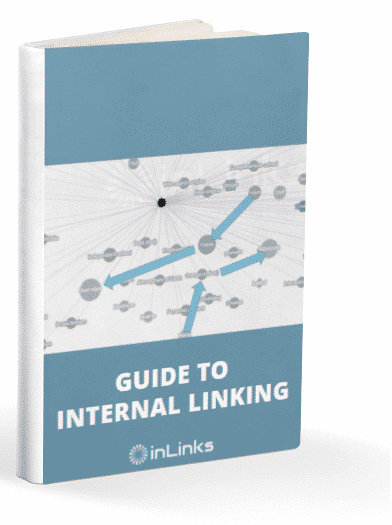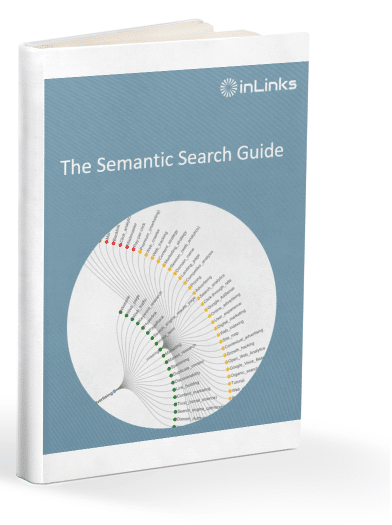From keyword to entity, it’s time to increase your visibility!
SEO entity referencing for local businesses represents a pivotal moment during which search engines cease to be simple dictionaries obsessed with keywords to become the digital neighbourhood gossip, one who not only knows what you do but knows you intimately and places each piece of information in its social context with disconcerting precision.
memorisesFor local businesses, this means that Google becomes a curious neighbor who, from its virtual balcony, observes the comings and goings of each company, memorises their specialties, their opening hours, and – most importantly – their relationships with other local players, and then passes this information on to internet users seeking recommendations. As long as it will talk behind your back, you should give this chatty magpie all the elements to do it properly!
In this article, we will first establish the framework of opportunities to seize and key elements to include in your local SEO strategy. In the second part, we will delve into the details of all the adjustments that should be made to your online presence, taking numerous fictional but concrete examples.
But let’s start from the beginning…

1. Entity Referencing vs Traditional Local Referencing: A Practical Comparison
What is an entity?
In SEO, an entity is a distinct, unique, and identifiable element that search engines can recognise and understand. Entities represent “things” from the real world rather than simple strings of characters or keywords:
- people
- places
- organizations
- concepts
- products
- events…
… or anything else that exists independently and has specific attributes.
To put it simply, we can say that an existing page about a topic on Wikipedia is the manifestation that it constitutes an entity.
Here’s our SEO entity guide to go further.
This entity approach has become fundamental in modern search engine optimisation because search engines use it to understand the context and relationships between different elements, rather than being limited to simple keyword matching. Google uses a “Knowledge Graph” to store these entities and their mutual relationships, which helps it better understand search intent and provide more relevant results.
At the local level, your business is an entity with specific attributes like its name, address, phone number, opening hours, products and services, or its relationships with other entities (such as its location in a city or neneighbourhoodits partners, suppliers, events…). Entity optimization involves ensuring that these attributes are clearly defined and consistent so that search engines can easily understand and categorize your business to better highlight it. It’s also an opportunity for them to connect them, in order to paint a more nuanced and complex portrait of each business.
From keywords to entities, an opportunity to seize
Entity referencing represents a major evolution in SEO strategies, as it focuses on understanding context rather than isolated and orphaned keywords. This approach is particularly beneficial for local businesses, whose physical location and community connections constitute powerful entity attributes. By using them wisely, it’s possible to build a more robust digital footprint that transcends the simple content of the website to encompass the entire territorial environment of the business. Entity recognition directly impacts the key elements of local search, particularly local knowledge panels, map pack results, and voice search optimization, which are the three essential pillars.
Why it’s important now :
The shift to entity-based indexing means that Google tends to identify businesses primarily as organizations, with keywords gradually becoming secondary signals. For local businesses competing in crowded markets, establishing a predominant entity presence creates a competitive advantage that is difficult to reproduce through traditional referencing tactics alone.
If traditional local SEO has so far mainly focused on keywords, citations, and reviews, times are changing, and entity referencing adopts a more comprehensive approach that views the business through its multiple attributes and connected relationships. It’s much richer!
Comparative Analysis:
| Aspect | Traditional Local Referencing | Entity-Based Local Referencing |
|---|---|---|
| Main Focus | Keywords and location terms | The business as an entity with attributes |
| Content Strategy | Location-focused keywords | Topic clusters around business identity |
| Technical Implementation | Location pages, local citations | Schema markup, entity connections |
| Measurement | Keyword rankings, traffic | Entity recognition, knowledge panel appearance |
| Long-term Stability | Vulnerable to algorithm changes | More stable as based on real-world entity |
As a result, and in general, it’s evident that when algorithms change, businesses optimized as entities rather than simply for keywords maintain more stable visibility because their fundamental identity signals remain coherent and operative, regardless of how the algorithm weighs different ranking factors.
At the beginning was the Knowledge Graph…
2. Understanding the Knowledge Graph of Local Businesses
The concept of entity is only made possible by Google’s Knowledge graph. A sophisticated linking of your attributes that you need to know how to use.
The unavoidable Knowledge Graph
The knowledge graph is the semantic network of entities that Google carefully connects. Local businesses exist within this network as distinct entities with specific attributes and connections to other significant entities such as locations, services, products, and associated organizations. By connecting them to each other, the knowledge graph weaves a network of far-reaching information that acts as a stepping stone helping your head emerge amidst a human tide.
Critical entity attributes for local businesses include:
- NAP Identity (Name, Address, Phone): A fundamental element of local SEO, the consistency of this information across all digital platforms (website, Google Business Profile, directories) strengthens search engines’ trust and improves recognition of the business entity.
- Business category and subcategories: Precise classification in the right categories allows algorithms to understand the exact nature of the activity and present the business in relevant results, while establishing relationships with other similar entities in the local sphere. The more subcategories you fill in, the more you expand your area of influence and competence.
- Service areas and geographical boundaries: Clear definition of the geographical areas served helps search engines determine the relevance of the business for localized queries and improves positioning in proximity results.
- Key products/services as their own entities: Structuring each product or service as a distinct entity but related to the main business enriches the knowledge graph and multiplies opportunities for visibility in specific search results.
- Professional relationships and affiliations: Partnerships, memberships in professional associations or chambers of commerce create a network of interconnected entities that strengthen the local authority and credibility of the business.
- Local events and community organisations: The active involvement of the business establishes semantic connections with other important local entities (associations, landmark sites, cultural events), strengthens the territorial anchoring of the company, and signals to search algorithms its relevance and authority in a specific geographical context.
- Geographic locations (neighborhoods, cities, landmarks): They allow establishing proximity relationships with recognizable places, refining the relevance of the business for queries including these spatial references, and strengthening its association with a precise geographical area in the knowledge graph, thus improving its visibility in localized search results.
We are dealing with basic and especially logical considerations of aligning the knowledge graph with the activity, identity, and location of the business. We probably aren’t teaching you much, but…
Critical Information
The information you provide on the Google business profile constitutes the primary source of structured data about your local business. The accuracy, completeness, and regular updating of this data (opening hours, photos, categories, specific attributes) significantly strengthen Google’s confidence in defining your business entity and come into play at the precise moment of the user’s query.
Therefore, you should not neglect:
- Structured data markup on websites: The implementation of Schema.org markup schemas (LocalBusiness, Organization, Product) on your site allows Google to accurately understand the attributes of your entity and establish logical connections between the different elements of your digital presence.
- Citations and mentions across the web: Consistent references to your business on directories, industry sites, local media, and third-party platforms act as external validations of the existence and relevance of your entity, strengthening its recognition by algorithms.
- Customer interactions and reviews: Evaluations, comments, and user interactions provide valuable behavioral signals that help Google determine the reputation and relevance of your business for certain queries, thus enriching your entity profile.
- Content signals from your website: Textual content, images, videos, and the semantic structure of your site contribute to defining the attributes of your business entity and establishing thematic associations that strengthen your positioning in relevant searches.
But where should we start to unravel the skein of local SEO?
3. Step-by-Step Implementation Guide for Local Businesses
Implementing entity referencing for your local business requires a systematic approach that can build your entity profile from the ground up.
Step 1: Entity Identification and Prioritization
- Document your main business entity, its name, location, and main category.
- Identify secondary entities, their services, products, and team members.
- Map entity relationships by mentioning the areas served, potential partnerships, and main suppliers.
- Prioritize entities based on their commercial importance and search presence.
Step 2: Schema Markup Implementation
- Implement the LocalBusiness schema (or appropriate subtype)
- Add detailed service/product schemas
- Create an organization schema with appropriate relationships
- Ensure NAP information consistency across all schemas
OK. Let’s be concise and effective. Here’s a small implementation example:
json{"@context":"https://schema.org","@type":"LocalBusiness","name":"Your business name","address":{"@type":"PostalAddress","streetAddress":"123 Main Street","addressLocality":"Your City","addressRegion":"Region","postalCode":"12345"},"geo":{"@type":"GeoCoordinates","latitude":"40.7128","longitude":"-74.0060"},"hasOfferCatalog":{"@type":"OfferCatalog","name":"Service Catalog","itemListElement":[{"@type":"Offer","itemOffered":{"@type":"Service","name":"Service Name","description":"Service Description"}}]}}
To get more, see the Google Developers site : How to add structured data for local business
Step 3: Content Optimization for Entity Recognition
- Create dedicated pages for main service/product entities
- Structure content using semantic HTML (headings, lists… the routine!)
- Use entity-focused internal linking
- Include co-occurring entities and related concepts, and link them together
- Develop content that answers specific questions related to entities
Step 4: Entity Reinforcement through External Signals
- Ensure NAP consistency across all citations
- Claim and optimize your Google business profile
- Look for mentions on related entity websites (local organizations, suppliers…)
- Create specific backlinks on local sites that strengthen geographical entity connections
- Generate reviews that mention specific services/products as they are potentially their own entities
Step 5: Measurement and Monitoring
- Monitor the appearance and information of the knowledge panel
- Track acquisition of featured snippets for entity-related queries
- Analyze entity recognition using InLinks Entity Analyzer
- Measure local visibility for unmarked entity queries
- Track voice search performance for entity-related questions
But enough talk… let’s get real (or almost) !
4. Case Study: Entity Referencing Implementation for a Local Business
To be more pragmatic, let’s take a fictional but instructive example of the strategy to implement in order to boost local referencing based on entities.That should help you begin to understand what’s at stake.
Business profile: Regional dental clinic with three distinct branches, competing with larger chains and well-established practices.
Metrics observed before implementation:
- Inconsistent rankings for service-based keywords
- No knowledge panel for unmarked searches
- Limited visibility for “near me” searches
- Low click-through rate from local results
Implementation of the entity referencing strategy:
- Complete schema markup for each branch with detailed service entities
- Creation of practitioner entities for each dentist with qualifications and specializations
- Development of content clusters focused on services reinforcing entity relationships
- Implementation of an internal linking strategy connecting location entities to service entities
- Strategic partnerships with local health organizations to strengthen entity relationships
Specific challenges and solutions:
- Challenge: Competing dental services have similar names creating entity confusion
- Solution: Improved differentiation through unique service attributes (categories and subcategories) and meticulously well-documented NAP.
- Challenge: The coexistence of the three branches tends to dilute the strength of the clinic’s entity
- Solution: Creation of distinct entity profiles for each branch, while maintaining the brand entity connection that links them
Expected results:
- Increased unmarked local visibility
- Appearance of knowledge panel for service-specific searches (e.g., “emergency dental services [location]”)
- Increased visibility of “near me” searches
- Improved click-through rate from local results
- Increase in appointment bookings directly attributed to improved local visibility
- Increased voice search traffic
- Better referencing stability through algorithm updates.
As we can see, this is considerable groundwork. Fortunately, InLinks is here to make your task easier.
5. How to Use InLinks for Local Business Entity Referencing
If you’re looking to improve your website’s topical authority and compete more effectively in search results, using InLinks for entity optimization is a powerful strategy. By categorizing your content into clearly defined entities and comparing your site’s coverage to that of your competitors, you can uncover content gaps, strengthen internal linking, and enhance semantic relevance. Follow the steps below to get started with InLinks and make the most of its entity-based SEO features.
Step 1: Add Your Website
Go to InLinks and click the “Optimize a Website” button. A new dashboard will open up, where your website and its pages will be analyzed using NLP (Natural Language Processing).

Step 2: View Entity Categorization (Knowledge Graph)
Navigate to the ‘Knowledge Graph’ tab for a full overview of the entities identified on your site. Example: If you’re working with an orthodontic website, you’ll see relevant medical/dental entities categorized here.

Check for Accuracy:
If an entity seems out of place or surprising, it may not align with your site’s actual niche. Click the folder icon next to the entity to see which pages mention it. If it’s incorrect, click the cog icon to report the entity. This:
- Removes it from your site’s entity list
- Sends feedback to InLinks’ Knowledge Graph Manager
Step 3: Target Entities on Key Pages
Go to the “Pages” section and click “Target” next to a page. You’ll be shown a list of entities relevant to that page. Assign the most relevant entity to each page. This is key for:
- Internal linking
- Schema markup
- Improving entity salience for Google
For detailed instructions, refer to InLinks’ Internal Linking Guide.
Step 4: Create or Improve Content Using Entities
A. For New Content:
Go to the Content Brief section. Enter your target keyword. InLinks will:
- Convert it into a list of must-cover entities
- Provide AI-assisted writing tools to help you create content around these entities
B. For Existing Content:
Click the “Audit” button next to any added page. InLinks will:
- Analyze the page’s content
- Generate a gap analysis comparing your content’s entity coverage to top competitors
- Give you a computational score to guide improvement
Summary
1. Add your site and let InLinks analyze it
2. Check the Knowledge Graph to ensure correct entity alignment
3. Target key entities per page to build strong internal links and schema
4. Use Content Briefs or Audits to create or improve content using entity-based guidance
This method ensures your content is contextually rich, well-organized by topic (entity), and competitive in your niche.
Complementary tools and resources:
- Schema markup generators and validators
- Google business profile optimization tools
- Local citation management services
- Entity knowledge graph visualization tools
- Voice search testing platforms
As you can see, our InLinks tool is a great facilitator for the arduous task of reviewing, checking, reorganizing, or redeveloping everything.
In summary, entity referencing represents the shift of local search optimization from a keyword-centered approach to a more global understanding of your business as an entity with specific attributes and relationships. A leap forward that should not be missed. By implementing the strategies described in this guide, your local business can establish stronger entity signals that improve visibility, stability, and conversion potential across all search interfaces.
The shift to entity-based optimization is not just about following referencing trends; it’s about aligning your digital presence with how search engines fundamentally understand and represent businesses in the real world. As search continues to evolve towards more intelligent and conversational interfaces, businesses with strong entity profiles will maintain and extend their visibility advantage.
Done? Have you transformed your keywords into entities? Have you redeployed your internal linking? Have you identified opportunities for new content? In the second part, we will see how to associate and integrate entities with effective local marketing strategies through a lot of examples. It might give you some ideas…
To go (even) further: Integrate entities into local marketing strategies





Leave a Reply
Want to join the discussion?Feel free to contribute!